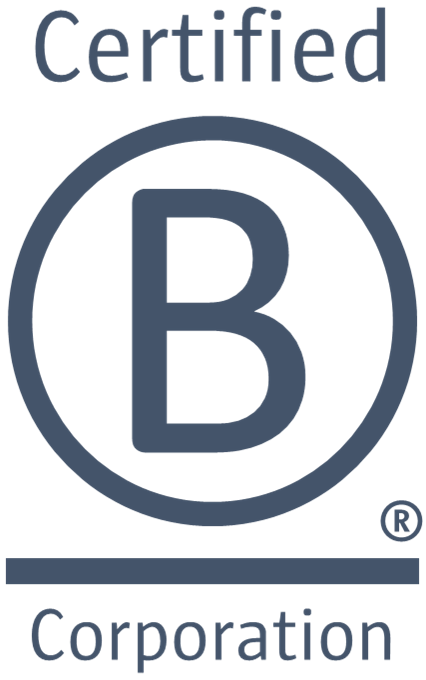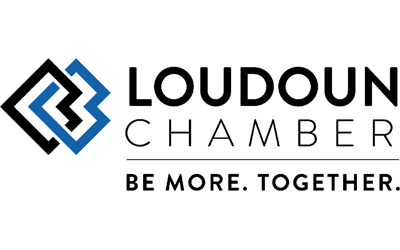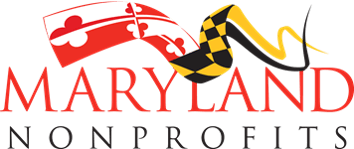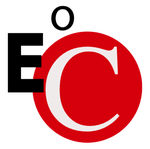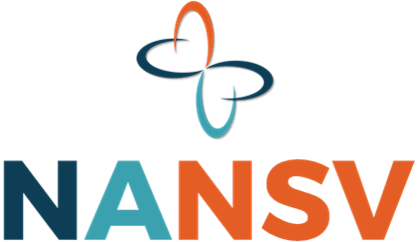Getting this right is critical. You can make the most of your budget and get a powerful system that will grow with you. By carefully defining and prioritizing your needs and wants, explicitly asking for them, and seeing prospective CRM products in action will provide all the information required to make the best decision for your unique requirements, so can harness the power of donor information, workflow automation, and analytics to enable cost-effective relationship marketing with the resources you have and/or can obtain. Your staff will thank you for empowering them, and your finances, programs, and clients will benefit from a significant ROI!
Navigating the Universe of CRM Platforms
How to choose the product that's right for your non-profit

Having worked through the questions discussed in the previous post in this series, you’ve now identified your functional requirements and the installation and integration services, training, and technical support you need. You’ve also established your budget for a Customer Relationship Management (CRM) product, its implementation, and its on-going maintenance. The remaining challenge is to find the right platform given what you’re looking for and what you can spend. You have three options: (1) Phone a friend, (2) Conduct market research, and (3) Issue a Request for Proposals (RFP). In theory, they’re all fine, but the first is limiting, and the second requires a lot of effort. Exploring is ideal... why not let others do the work for you by identifying themselves?
An RFP (or its close cousin, a Request for Information) is your best chance to see the breadth and depth of the market. You should cast a wide net. If you restrict the field to just the “popular” vendors, you’ll miss products that may meet your unique needs best.
Exploring the market by soliciting and evaluating proposals
Like any technology acquisition, there are at least two key steps in the CRM RFP process: (1) The RFP itself, and (2) Demonstrations of prospective vendors’ products. Soliciting and evaluating proposals helps eliminate the systems that clearly don’t meet your requirements and/or are too expensive, while the subsequent demonstrations of down-selected platforms allows you to assess their capabilities in action, so you have can see which one of them functions, looks, and feels right for your needs and wants.
1. What should go in the RFP?
Include information on your non-profit and details of what you want, e.g., product capabilities and integrations, and implementation and support services. Keep in mind, when you provide details in the RFP, you’ll help some vendors with products that don’t align and/or that have high costs “self-select out,” meaning actual submissions are more likely to be appropriate for your demands and constraints. Here are five RFP tips:
- You’ve took the time to define your functional requirements in detail. Put them in your RFP. Ask vendors to indicate the extent to which their systems accommodate them. A list with check boxes for software capabilities related to each requirement (e.g., “full,” “partial,” or “none”) and space for further explanation can provide sufficient information to down-select products for demonstrations (see below).
- Technical information is also important, as you'll want assurance platforms are capable of integrating with the applications you use, your network, etc. As such, you should provide relevant information on your technology environment and key applications that need to connect or be replaced by the CRM system. Also ask about things like security, to help assure sensitive donor data won’t be compromised.
- Request vendors provide specifics on what services they’ll provide to implement and support their products. This may include elements like installation, integration, training, maintenance updates, technical support, future upgrades, etc. Requiring proposers to give details—how they’ll do it, for how long, and what they’ll leave behind—is critical. If they won’t, or can’t, tell you in depth, that’s a “red flag.”
- Cost is obviously essential. We suggest including your budget, preferably as a range. Then, request a breakdown of the up-front product costs for your planned number of users, any customization, implementation and user training, etc., "scalability" expenses (e.g., extra licenses), and recurring costs for support. This is where the “devil” often is—what will (and won’t) vendors bill you for in the future?
- Evidence of vendor past performance and client outcomes using the proposed CRM system for similar purposes as yours is essential. Ask for several examples, including descriptions of what was provided, return on investment (ROI), and references who can attest to their experiences the firms and their products. Also, request an example of an "implementation gone wrong," the reason(s), and the resolution(s).

2. How do you evaluate vendor responses?
Having asked for quite a bit, you’ll receive proposals containing a lot of information to review and interpret. Your RFP will narrow the field, but you’ll still be offered products that won’t meet your requirements, and others will do it all but cost a lot. Some of the more cost-friendly solutions may do most of what you want. It's entirely possible, if not likely, there won't be a "perfect fit," and there will be tradeoffs. Here are five tips:
- With so much to consider, one person shouldn't decide for the entire organization, even if it’s small. We suggest a review committee, preferably comprising some regular end users, leaders who rely on related reports (e.g., the Executive Director and Development Director), an information technology (IT) resource, and a couple of staff and/or board members who aren't close to the system.
- Analyze all products on the same terms, using consistent evaluation criteria and a scoring rubric. Include categories such as: (a) Product Functionality, (b) Technology Integration, (c) Implementation and Training Services, (d) Post-Implementation Support, (e) Vendor Reliability and Results, and (f) Up-front and Annual Costs. You should consider weighting based on importance, though they may be the same!
- Related to the last point, you don’t want to settle for less than you require. Setting minimum thresholds—for each criterion and overall—will enable you to exclude products that, for example, offer appealing costs but don’t accommodate your “must have” requirements. This will make sure you don’t end up with a system that won’t do the basics, is too difficult to integrate, isn’t user-friendly enough, etc.
- Discard non-responsive proposals. It may be obvious, but this is worth reinforcing. You'll likely get submissions of marketing material, without direct answers to RFP questions. Vendors that won’t take the time to give you detailed, tailored responses probably won’t take it to support your non-profit, either. So, don’t be “wowed” by professional-looking brochures. Focus on the proposals that demonstrate care.
- Down-select vendors offering products that appear to do what you need and the necessary supporting services, and that show ROIs from past implementations. These are the platforms you’ll want to see more of. Aim to see three or four proposers, depending on how many offers you receive and the evaluation results. This way, you can look at the different ways they provide the needed functionality.
3. What should you look for in product demonstrations?
Now’s your chance to get a sense of “look,” “feel,” “function,” etc. You get to see selected products in action, which is essential because users need to be comfortable with what they’re getting, and that’s hard to do just by reading proposals. Here are five tips for setting up, hosting, and evaluation demonstrations so you can be confident in choosing a platform that does what you want, simply, efficiently, and effectively.
- Obviously, end users of the system should be present. They’re the ones interfacing with it the most, and they have to be comfortable using it. Main consumers of information should also be involved, since things like ability to generate real-time, on-demand reports, data presentation, and ease of interpretation are essential for monitoring outcomes and making informed strategic and tactical decisions.
- As discussed above, you can’t evaluate a proposal without identifying key criteria. Similarly, it’s hard to assess a demonstration unless you articulate what you need to see. Know your functional needs and usability priorities—ease of account setup, secure remote access, page appeal and organization, workflow, integrations with other software, automated reports, etc.—as well as what you can live without.
- Unless guided, vendors will show you the best of their products—what they want you to see, not necessarily what’s critical to you. That’s why you should provide them with a “script.” There are the basics, of course, but it’s also helpful to ask for demonstrations of specific scenarios reflecting "real-life" system use, tying them to your priorities so you can evaluate product performance in common-use situations.
- Following the script, vendors will demonstrate their CRM software’s most relevant features. However, there is no substitute for actually interacting with each system to get a first-hand experience. Request that your key users have an opportunity to perform selected tasks within each product so they can fully gauge usability and ask direct questions about the user interface, processes, outputs, and other needs.
- Explore analytics and reporting capabilities. While the technology behind them has made accessibility, facility, and utility better than ever, using data in CRM software can still be a complex task. Onboard analytics and custom outputs are features to look for. Artificial Intelligence (AI) is an interesting development as well, as systems may be able to proactively present key trends, flag issues, and even offer solutions.
The (informed) choice is yours!
Want to learn more? Ready to get started?
The above post explained how to create, evaluate, and select from among a pool of the most relevant CRM software options for your non-profit’s needs. If you’re ready to “take the plunge,” contact Snowflake today. We’ll help you make the right decision to enable relationship marketing and maximize the ROI from your efforts!
If you’re still not convinced a relationship marketing approach will make a major impact and/or an enabling CRM product is an essential addition to your non-profit’s marketing arsenal, look back to the first post in this three-part series, Invest in Donors, Realize the Rewards: Relationship Marketing is for Everyone! Then contact us.
There’s so much you can achieve by creating great donor experiences, customized to key segments. CRM systems empower your staff to build lasting, rewarding relationships. If you’re not sure what capabilities you need, review this series’ second post, Enabling Relationship Marketing with the Right Tools: What You Need from CRM Technology.
Finally, lest we forget the foundation of all of this, look for our next post with more details about relationship marketing to learn about it in greater detail.
Read Other Posts









